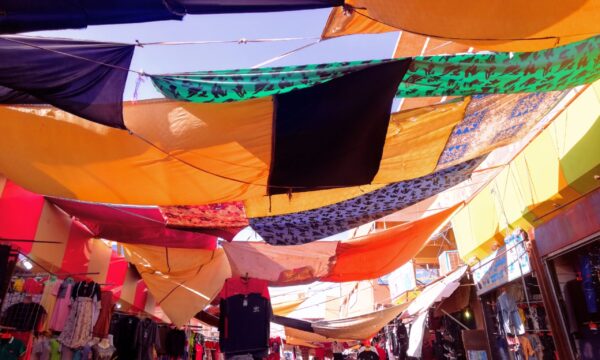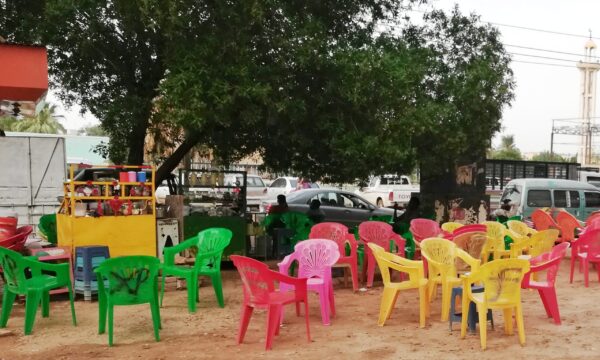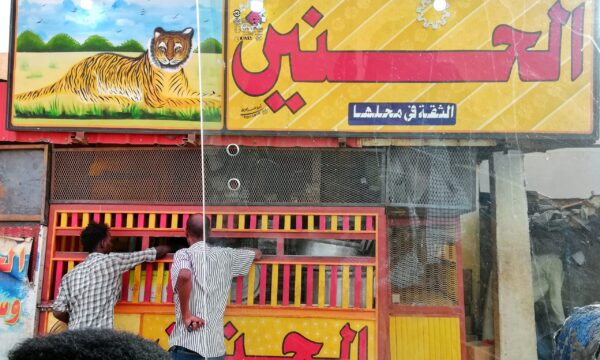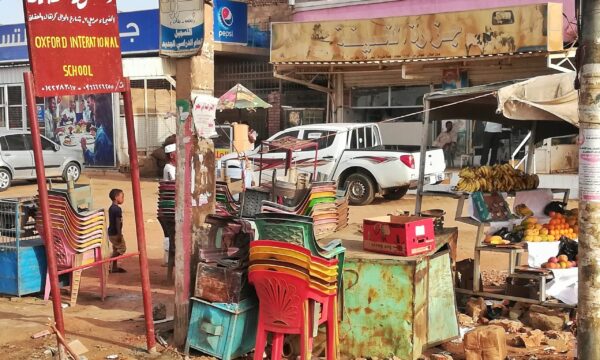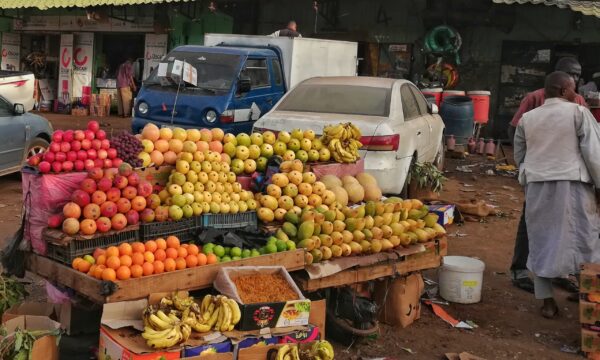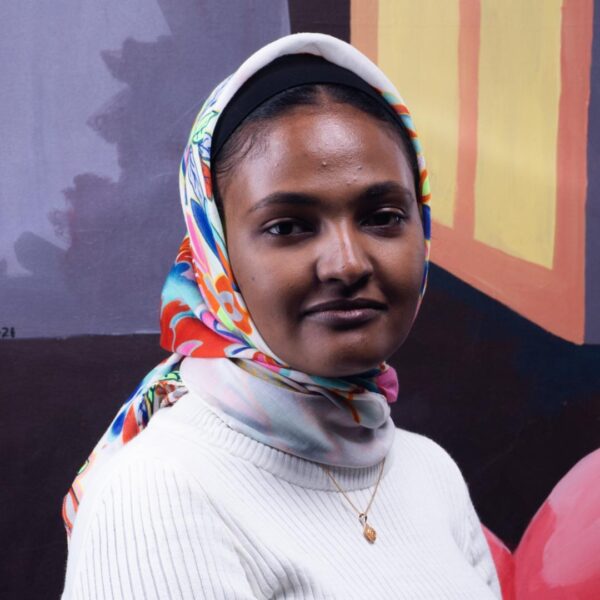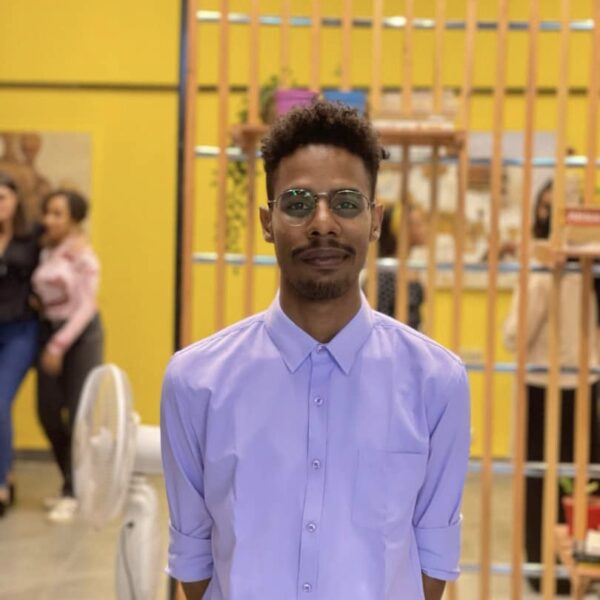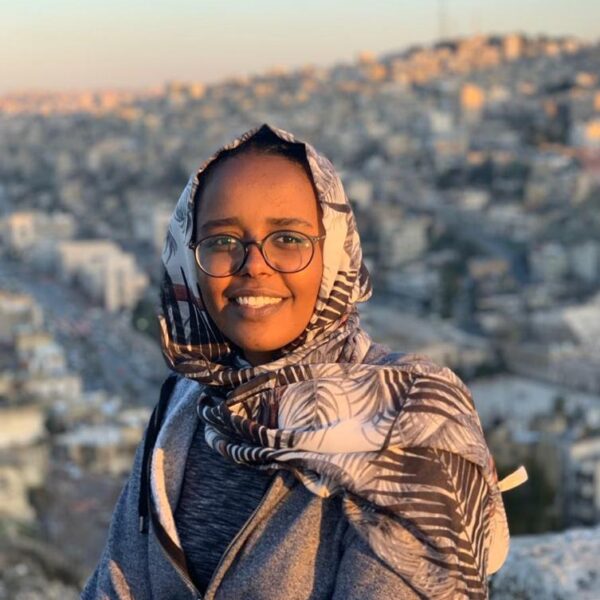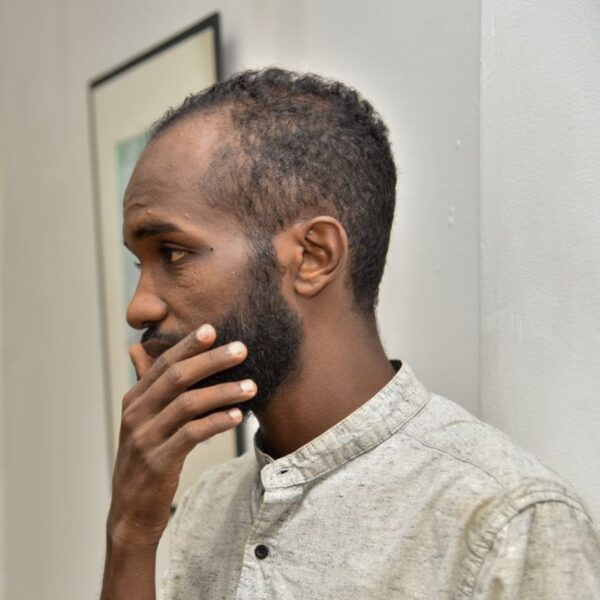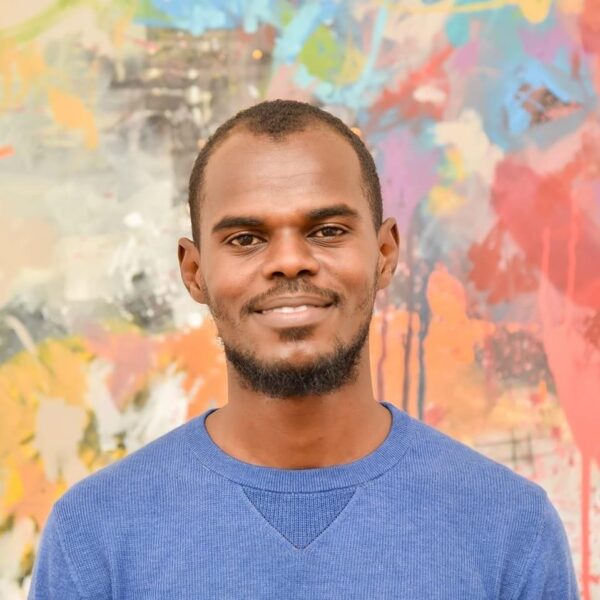
There was nothing left but the small shrouds that were stacked on the boards in the width of the walls, as if they were mugs containing the remains of the dead.
The project represents an artistic residency that seeks to work on Khartoum city on two levels. The first is a research production on Khartoum and its representations in visual art, and then reconstruct a model from which a different visual production exudes, based on the critical view that was provided through the critical engagement that takes place. Through this, works will be produced (A group of visual artworks) carrying these themes.
Resident artists

Elhassan Elmuontasir
Elhassan is an independent artist, designer, and artist-run space manager with a background in Graphic Design, technical education, International relations, and Fine art. He co-founded ‘ Khaish Studio’ in Khartoum in 2012 and since then has been a part of various art collaborative exhibitions and artist residencies with artists, curators, and art centres in Sudan and other countries including Uganda, India, Germany, Kenya, and Nigeria.

Mozafar Ramadan
Mozafar is a fine arts graduate who is now working as a graphic designer in Khartoum. He has participated in many group exhibitions and workshops and had a solo exhibition in Arweqa for Art and Science in 2012.

Shaima Hashem
Shaima, a painter, believes that art is the way of self-discovery, and the process of creating as a search for herself in the world around her.

Abdalsalam Alhaj
Abdalsalam is a visual artist, and VR producer focusing on immersive media, audiovisual, and AR/VR as vehicles for storytelling, and self-expression. He is the founder of Rift Digital Lab, a creative immersive agency focusing on AR/VR, podcasts, and audiobooks.

Hassan Kamil
Hassan is a storyteller who uses still and motion imagery as a medium to tell humanitarian, historical and cultural stories. Over the past 5 years, he developed a style consisting of colourful & energetic imagery projecting the essence and feel of the Sudanese culture. He is a member of the African photo journalism database (APJD). Hassan worked for international & regional publications.

Matche Jaafar
Born and raised in Khartoum, Sudan, Metche Jaafar, is an architect, freelance Photographer, visual artist, and storyteller with a deep interest in Folklore, Art, and culture. Influenced by the work of Mary Ellen Marks and so many others she fell in love with photojournalism and documentary photography. Based in Khartoum she’s interested in documenting social, political, and women’s issues. Through storytelling, she’s documenting for herself first and the people around her, creating and implementing history and heritage, and having a good understanding of emotions, Ideas, and incidents inside and around her. Her work has been showcased in mutable group exhibitions inside and outside Sudan.
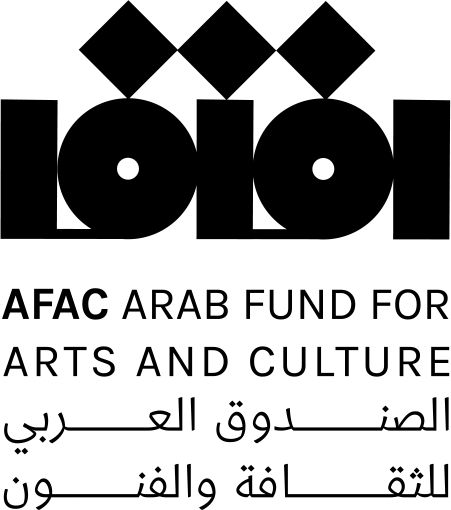
This project is supported by AFAC – Arab Fund For Arts And Culture.
Decaying bank: Reproducing Khartoum Visually
The residency works on Khartoum on the level of research production and it’s representations in visual art.
- Category — Residencies
- Date July 16, 2024

